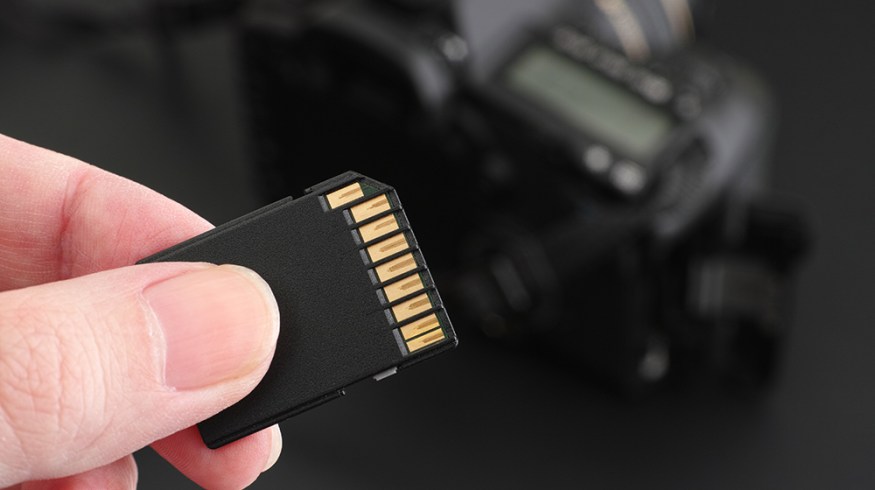
4 Simple Tricks to Keep Track of Memory Cards on Set
Managing your memory cards can help you avoid formatting and deleting any footage prematurely. Here are four simple ways to keep track of your memory cards.
When working on a rushed shoot, it can become difficult to keep track of your footage. You need to know which cards have already been used and which memory cards need to be dumped/backed up. Keep track of your memory cards with these four easy tips.
The first thing you need to do before arriving on set is to make sure all cards are formatted and ready to go. Make sure you format them for the right camera as well. For example, on smaller sets with DSLRs, SD cards and CF cards should be formatted for the camera. If you are using a mix of cameras, make sure you format the card again before shooting.
Lock the Card

If this is an available option (usually on SD cards), you can easily lock the memory card after shooting. This is literally the easiest thing you can do — and yet many people never do.
The lock is actually a mechanical switch that prevents you from overriding any footage. Remember to turn the lock off after you have dumped your footage. You will not be able to use the card until the lock switch is pushed back up.
Mark the Plastic Case

If you are using single clear card cases to manage your cards, mark the back side of the case with an X.
Put the card in face up, and you can clearly read the size of the memory card. After you shoot, put the card back in face down so the X covers the face of the card. That will mark that the card has been used.

Use a Case and Face Cards in the Same Direction

One of the easiest and most-used techniques is to use a card case for all memory cards. Before arriving on set, put all of your cards face-up in a case. After shooting, simply put the card back in the case, this time face-down.
This gives an instant look at your available memory. Not only do you know which cards you have used with a quick glance at the cards that are still face-up, you will know exactly how many gigs you have left.
Put Gaff Tape the Card

For larger memory cards that don’t have locks on them, simply put a piece of gaff tape over the connection points after you have used it.
Gaff tape is preferred because it won’t leave any residue on the card. It will easily come off, and the cards info sticker won’t be damaged.
All four of these simple tricks are incredibly easy to do and will save you so many headaches. Be sure you implement some sort of management system and make sure everyone handling the cards knows the protocol.
Also, be sure to use checksum verifcation when dumping your cards. Always make sure everything was copied properly. Don’t just drag and drop your footage. You can download DaVinci Resolve for free and use the clone tool to safely dump your footage.





